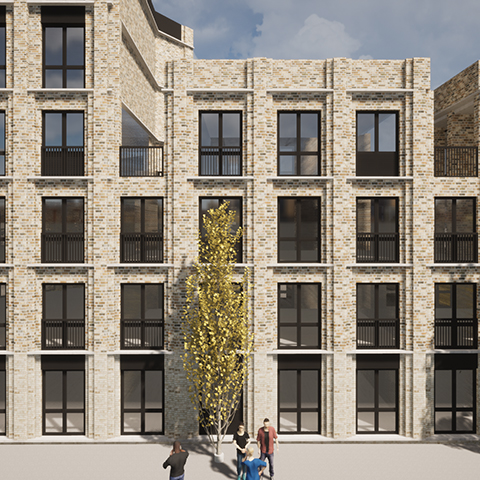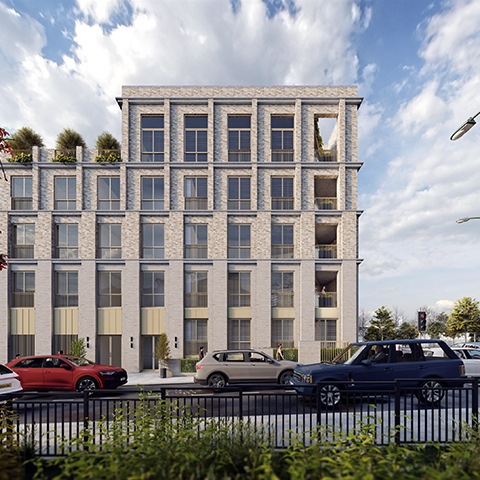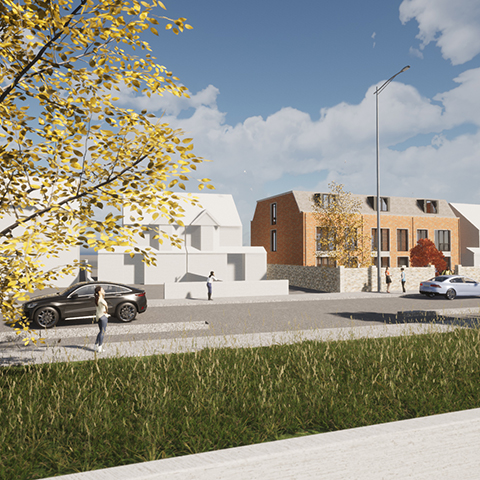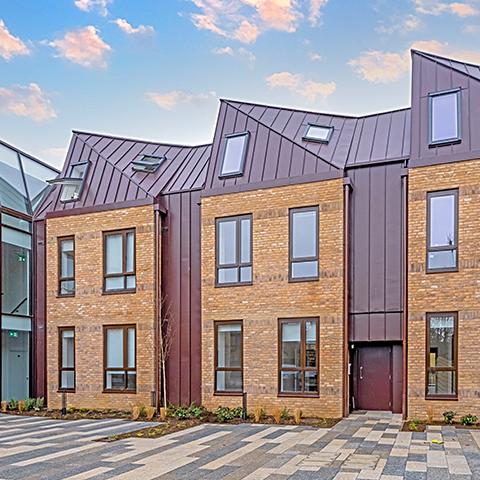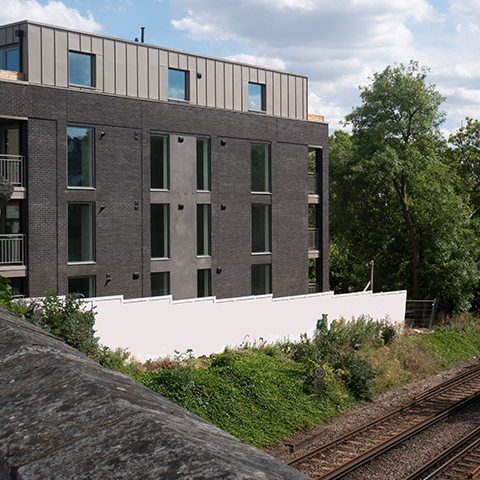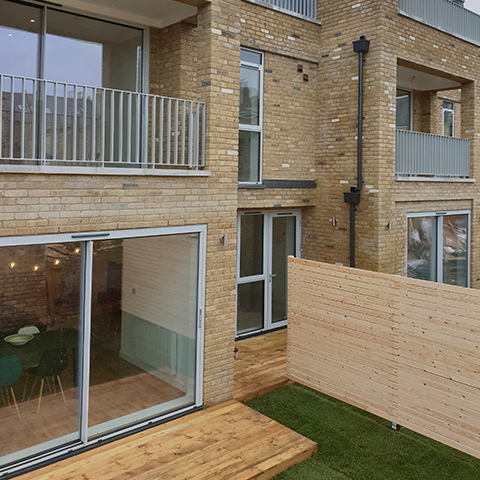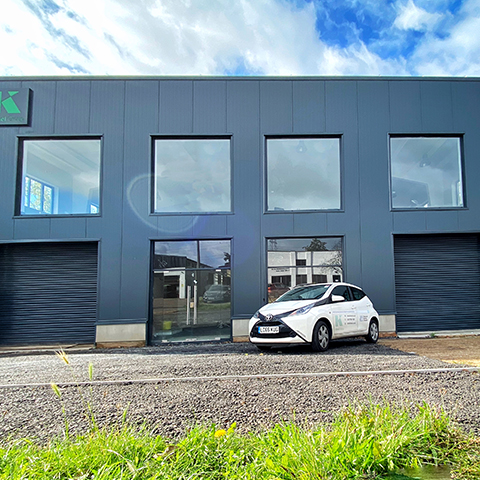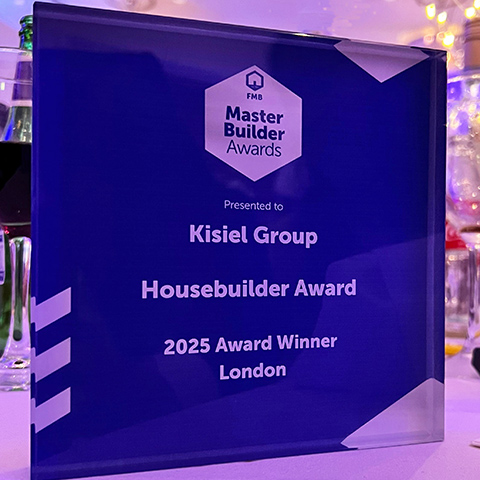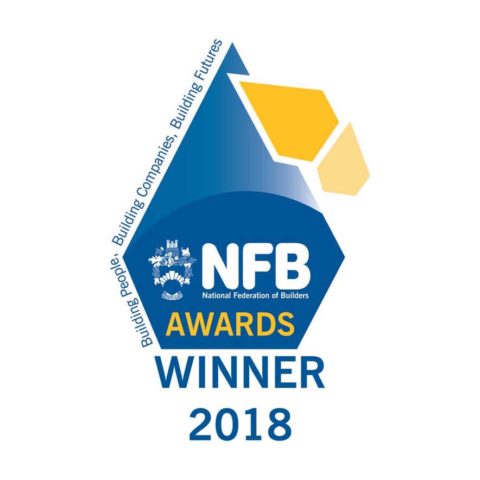Developing Brownfield Land Sites

Let’s start with a few definitions
What is a brownfield site? It is an area of land or buildings that have already been previously developed – and is now unused, derelict, or contaminated.
A Greenfield site is land where there has not been any previous development and Green Belt is about safeguarding green spaces for example between areas of population in villages and towns.
What is brownfield development?
We have all seen unused buildings or plots of land that have the potential to be re-developed:
- Buildings with broken windows and vegetation growing in and around the building,
- Empty shops at the end of the high street that have closed down and not been re-let,
- Vacant sites with hoarding round them which quickly degenerate and become a spot for ad-hoc advertising posters,
- Warehouses and unused car parks becoming waste ground.
There are advantages to considering a brownfield development in that utilities are usually in place -even if you decide to change the layout – and not all sites are badly contaminated.
A controversial choice
Developing brownfield site can be seen as controversial as they can have contamination issues and so it is not always the first choice for a developer.
However, we have a government that is keen to support more housing and so it is encouraging Local Authorities to prioritise bringing brownfield sites back into use – for the improvement of the local environment and to regenerate urban areas. In order to assist with this, Local Planning Authorities publish a Register of these sites which would be suitable for development within their area.
Types of contamination
Let’s take a quick look at the contamination issues. What is contamination? It is any substance which is or may be harmful to persons or buildings, including but not limited to substances which are corrosive, explosive, flammable, radioactive or toxic.

Here are some of the more common issues found on a contaminated site:
Asbestos
- Older buildings needing demolition, piping insulation, fire proofing and building debris buried in the ground, asbestos works
Carcinogenic chemicals
- Gasworks – cyanide and phenol
- Mining and extraction industries – arsenic
- Waste incinerators – mercury
- Industrial solvents, burning coal and oil – benzene
Corrosive substances
- Chemical works and manufacturing works – acids and sulphates
Gases
- Landfill (both licenced and unlicensed) – Flammable, toxic, or asphyxiating gases – including methane, hydrogen sulphide, and cardon dioxide
Heavy metals
- Many garden soils (especially in London), waste disposal sites – cadmium
- Paper and printing works, and paint and dyestuff industries – lead
- Sewerage treatment facilities – copper and zinc
Oils and tars
- Oil storage and distribution sites – gas oil and kerosene
Petrol and diesel
- Petrol stations, Repair and MOT garages, Car showrooms
You will need to assess the risk of harm based on the seriousness of the hazard and the likelihood of it causing adverse side effects to humans, flora and fauna, ground water, foundations, fabric of the buildings, subsidence and settlement, and the spread of the contaminant to the surrounding land.
The benefits of building on brownfield land
All the above will not put off an experienced developer, and specialist finance houses are used to releasing funds to finance such projects. It is all about the previous use of the site, what issues might be below ground, and your track record of past developments of brownfield sites.
Affordable housing targets of 300,000 new homes per year have been set so there is pressure to find new sites for development. In 2020, the UK government launched a ‘brownfield land release fund’ to encourage development on public sector land. It is estimated that there are over 18,000 sites available across the UK which would allow for up to 1 million homes to be built.
Despite the additional cost of clearing up the contamination, there are the benefits of the infrastructure already in place and the opportunity to transform a neighbourhood on a large scale or improve local street or community on a smaller scale – which ultimately leads to residential developments having more value.
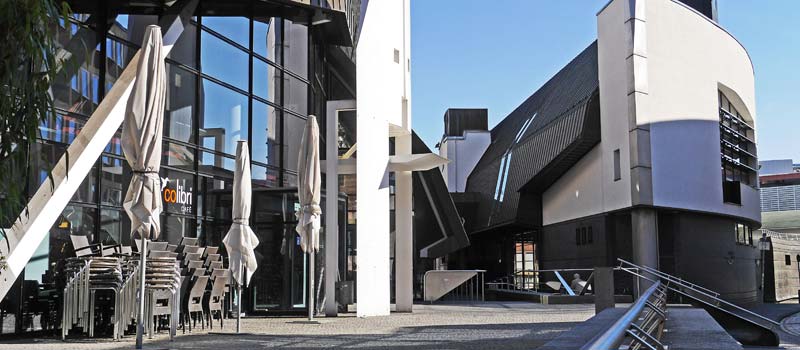
Why it’s not quite that easy…
Let’s be realistic that costs of remediation can be significant, especially if the land was formerly used as an industrial site. Contamination cannot always be anticipated as industrial waste can be buried at a deeper level so it is critical to undertake a full investigation prior to purchase.
The position of a site is not always where there is a demand for housing unless a whole area is being developed.
Planning can be delayed whilst negotiations take place on how the contamination will be cleared up. And surprisingly, biodiversity levels on some brownfield sites are higher than on green belt which can create issues with planning. Nature can quickly re-establish itself on an undisturbed urban site, becoming a habitat for many invertebrates, and pollinators such as bees.
3 tips for your planning application for a brownfield site
As virtually all sites are now brownfield sites – with the building on the green belt being strictly controlled – here are 3 tips to aid your planning application:
- Preserving greenspace and building on previously developed land helps with policy targets to green-up and re-wild our cities and to attenuate storm water on sites and reduce flood risk
- Building on previously developed land will generally mean that you are building where there is already established infrastructure, transport, water, telecoms, schools etc
- If the site has been vacant for some time – but brownfield, then it is very likely that the local planning authority will be supportive of development on the site, in principle. The reverse is the case with greenfield or public open space, where the local planning authority will be resistant to lose this public amenity.
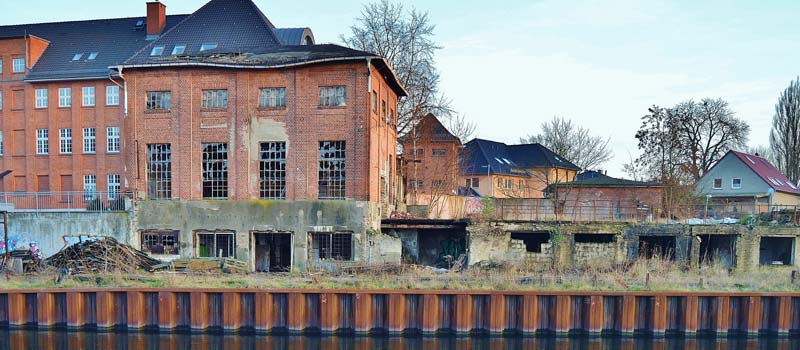
New permitted development rights
Whilst writing about developing brownfield sites, we cannot ignore the new permitted development rights which came into effect on 1st August 2021.
What does this mean for developers? It allows the change of use from commercial or business Class E
- Retail shops, banks, travel agents and estate agents
- Restaurants
- Gyms
- Offices and light industrial units
- Research and development facilities
- Clinics, health centre, GP surgeries, day nurseries
to Class MA (Mercantile to Abode rights) a new residential class with no need to apply for planning permission, providing various conditions are met.
So, anything in Class E can be changed to a different use within the same category and, if certain criteria are met, any in Class E can be changed to residential properties. You will need to apply for prior approval but the current change in permitted development rights opens up opportunities for a savvy developer.
New permitted development rights also allow the addition of two floors on existing blocks of flats. Airspace development does have the additional requirements that the loading capacity of the existing structure will need to be able to support the development, and legal and practical issues need to be considered.
And so….
As you look for your next property development, don’t dismiss outright the opportunities that are available to re-develop a brownfield site. Just make sure that you check the feasibility before committing your time and financial investment in the development.

